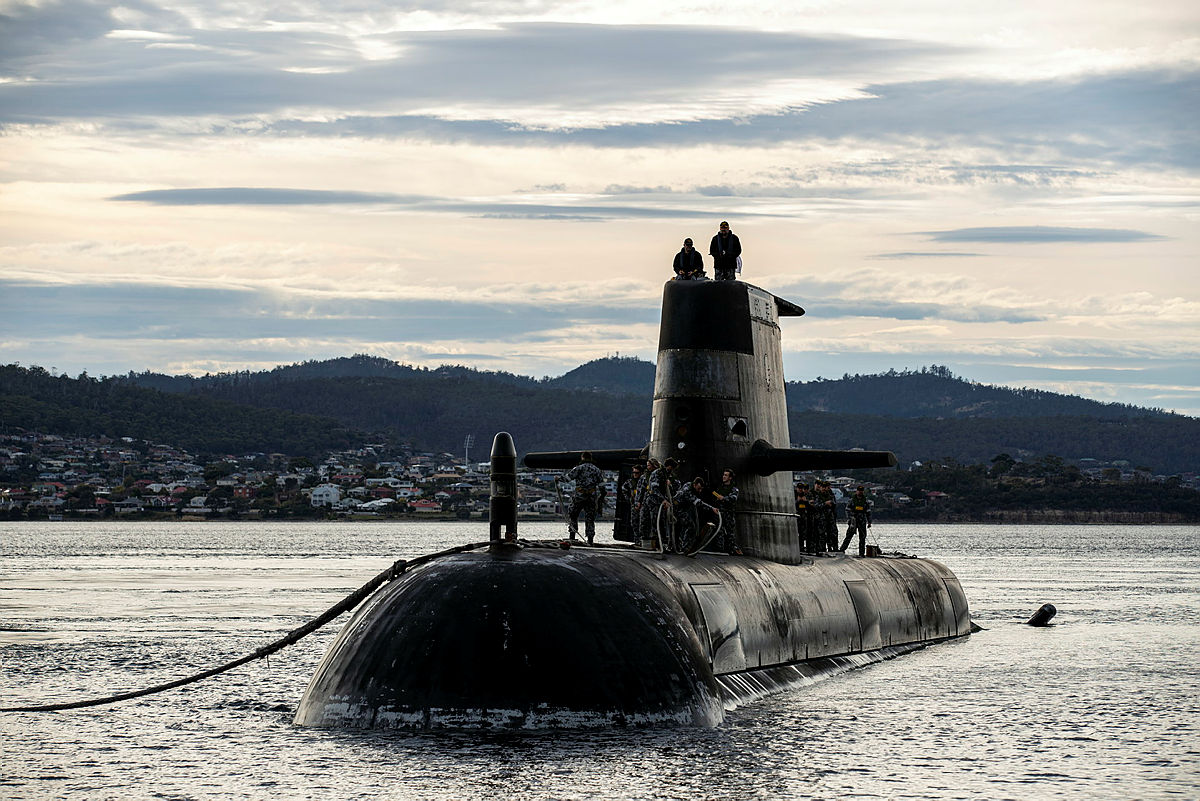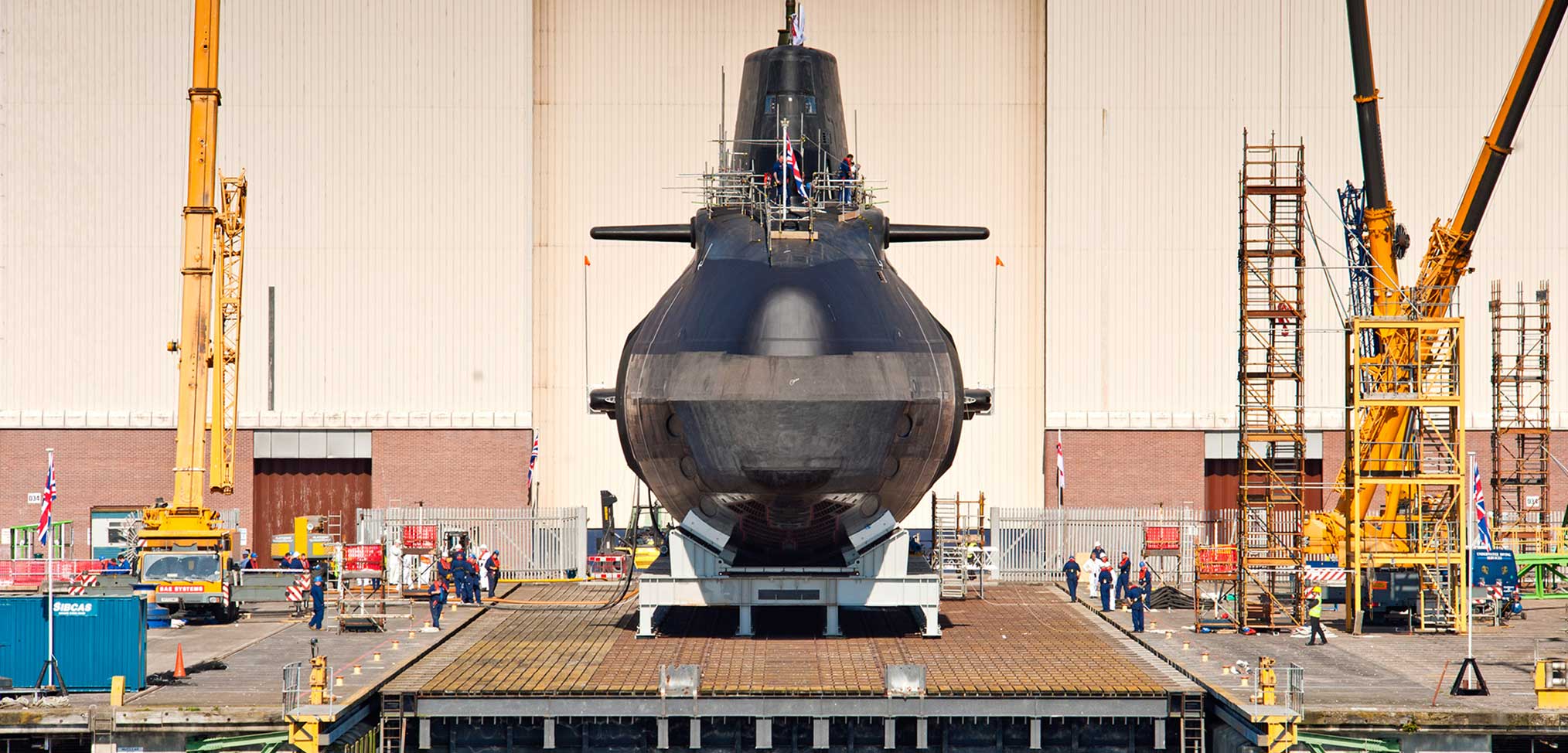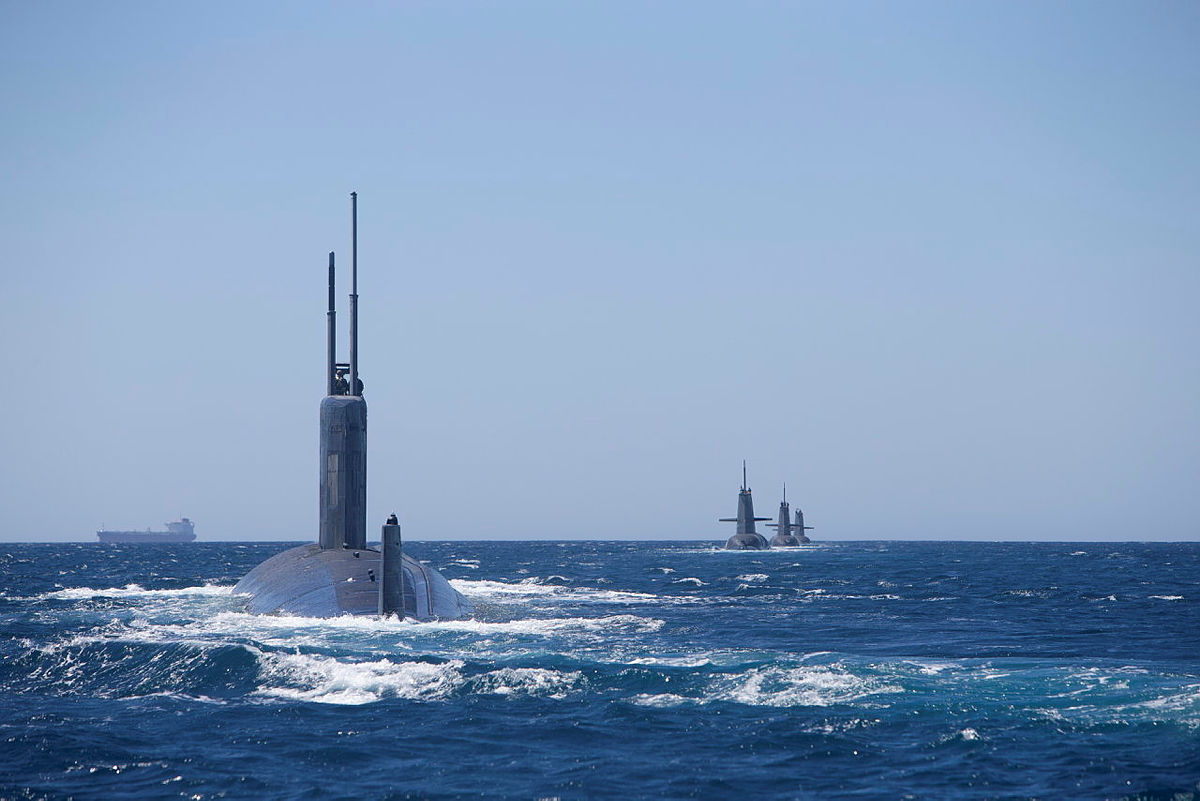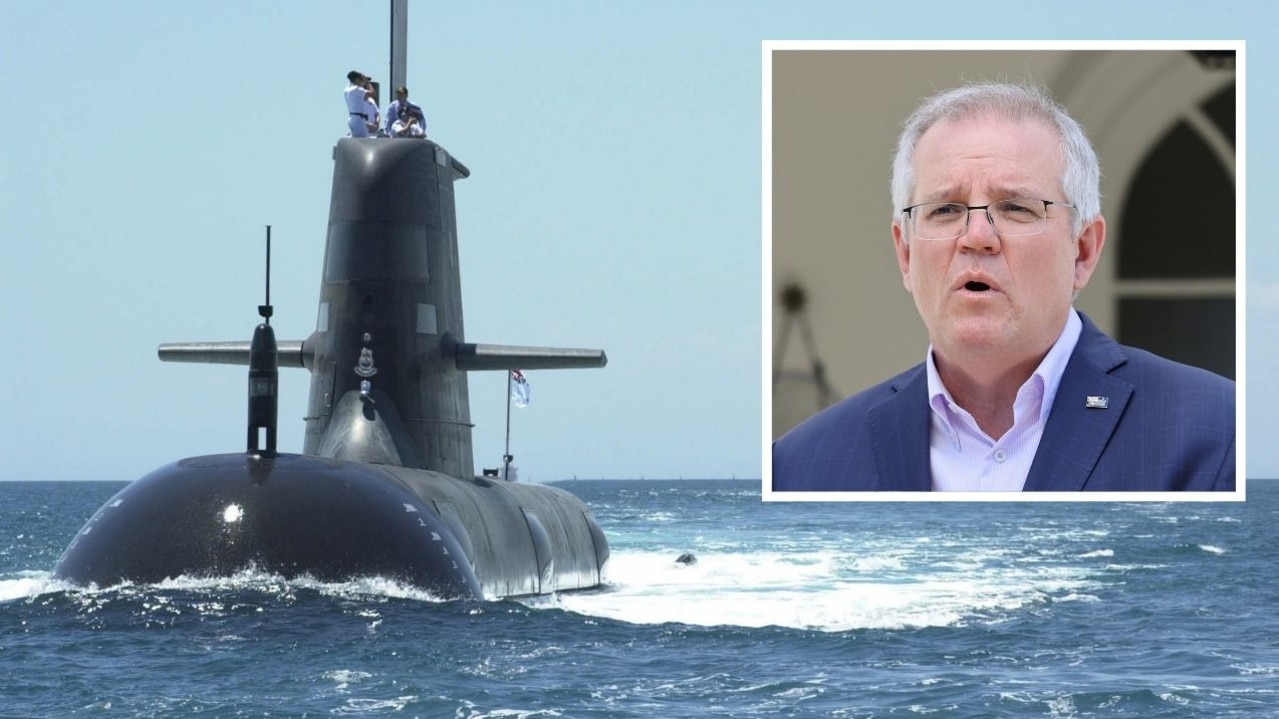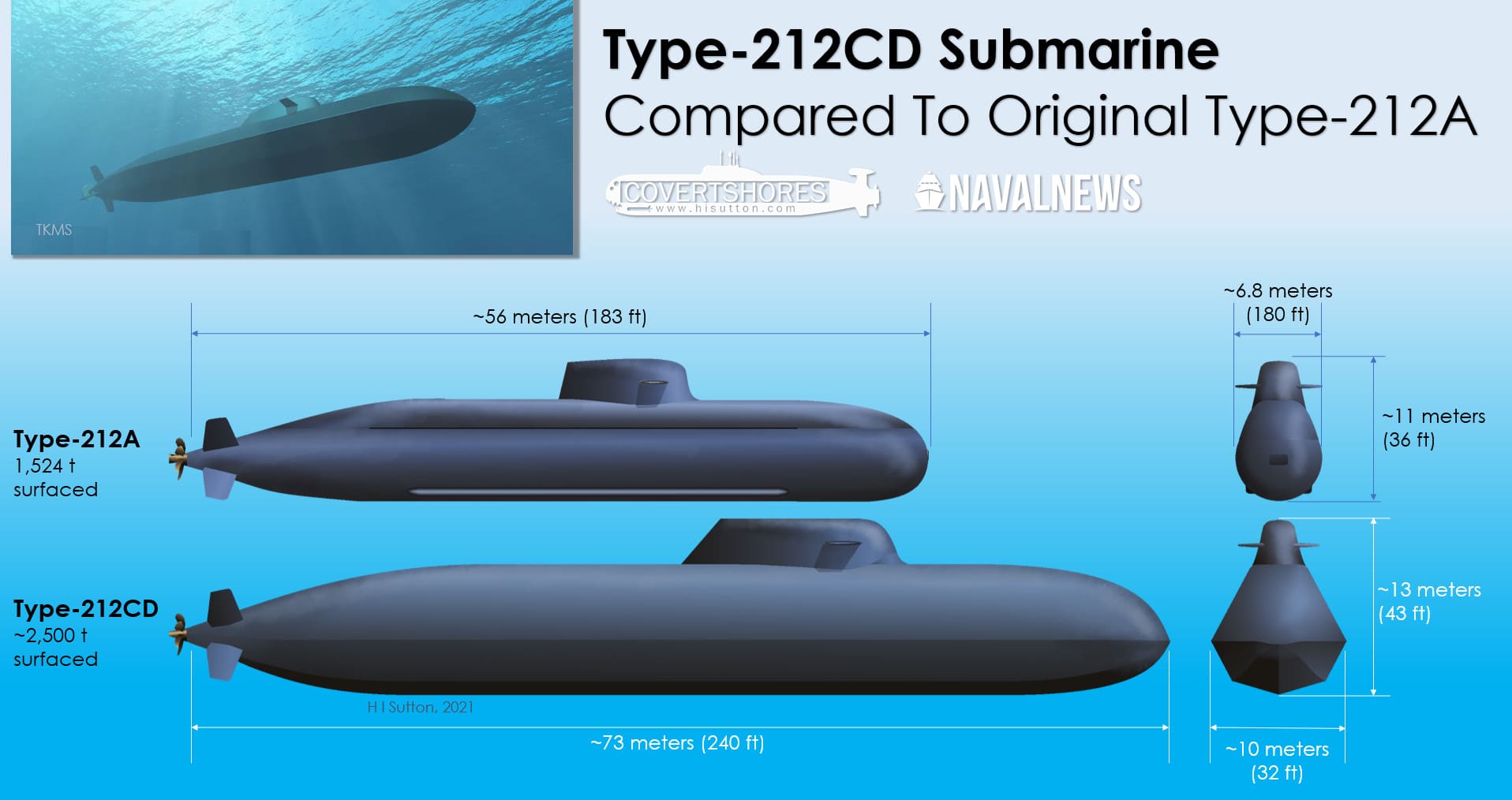Long wait for Canada’s new, useful subs, expert says
“It would be a question of how long it takes a government to make a decision,” David Perry said. “You’re probably looking about 20 years before you’d have the first submarine that actually hit the water someplace.”
Submarines help a navy’s offense and defense, but Canada must be careful how it renews its fleet, says one military expert.
The Canadian Armed Forces recently announced it’s actively considering how to replace its current submarine fleet. David Perry, VP and senior analyst for the Canadian Global Affairs Institute, told the Western Standard the 1998 purchase of four repair-prone subs from the UK provided valuable lessons.
“Ultimately, you get what you paid for, because we bought those at a bargain-basement price, secondhand,” Perry said of the four subs bought for $750 million.
“We got submarines that had never been fully operated, were effectively mothballed, there were only four of a particular class in the world. And we didn’t have good access to all the documentation, etc. So, with submarines and military equipment, as in many other things, you got to pay attention to what you’re paying for. And things that can be cheap upfront may be a lot less over several years of actually owning the things.”
Perry said Canada should draw on outside expertise to make the right purchase, buy abroad to draw on their experience, and not tinker with the design after it’s been agreed upon. That done, Perry lists many attributes submarines provide a navy.
“There’s a totally defensive aspect to them. If you put one in your own coastline then you can help keep people away,” Perry said.
“It’s also a platform that can collect a lot of intelligence and surveillance. If you send it off the coast of somewhere else that has got sensors that it can pick up information on ships or other submarines, or other military activities, depending on what kind of capability you put on it.”
A sub is also useful on offense.
“It’s stealthy. it’s harder to find. And then if you deploy one in conjunction with a warship, that means that an opposing force has to be worried about not just things that are floating on the water, but things underneath it. So it’s can pack a lot of offensive punch depending on how you fit it out,” Perry said.
“If Canada operates submarines… in waters with them, [the U.S. and U.K.] will share a lot of information with related submarine activity that we wouldn’t necessarily have access to otherwise…and having your own submarine really kind of gives you another qualitative increase in your ability to conduct anti-submarine warfare.”
For months, the Canadian military has tried to move past a sexual misconduct scandal that included obstruction of justice charges against Chief of Defense General Jonathan Vance. Perry is not sure the fleet renewal will help the military change the dominant story.
“I don’t know that this is necessarily it because there’s a long way between beginning to start looking at something and actually getting there (but) it would be a good thing to have more of a conversation about what actually we want the military to do, what kinds of things we’re going to ask it to do in the future, what kind of missions, what kind of operations, and less time talking just about the problems that it’s had,” he said.
Anyone expecting Canada to get new subs this decade will be disappointed, and the 2030’s don’t look good either. Perry said the wait will be long due to some necessary timelines.
“One would be how long it takes the navy to work on this to the point where it can brief the government and get basically a go-ahead about whether or not the government would provide funding to a project like this. And I would imagine that will take…two to four years,” Perry said.
“Then, of course, it would be a question of how long it takes a government to make a decision. You’re probably looking about 20 years before you’d have the first submarine that actually hit the water someplace.”



